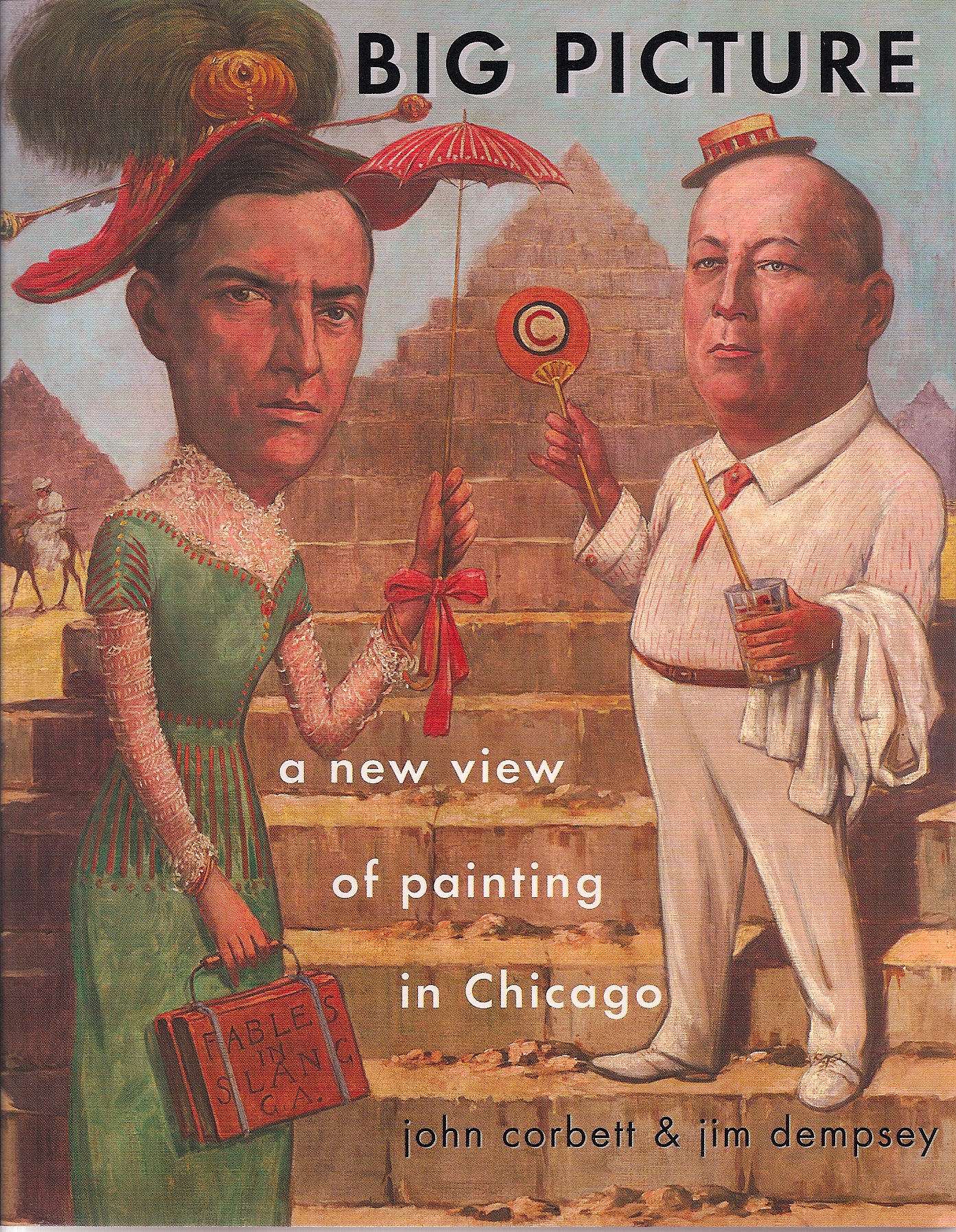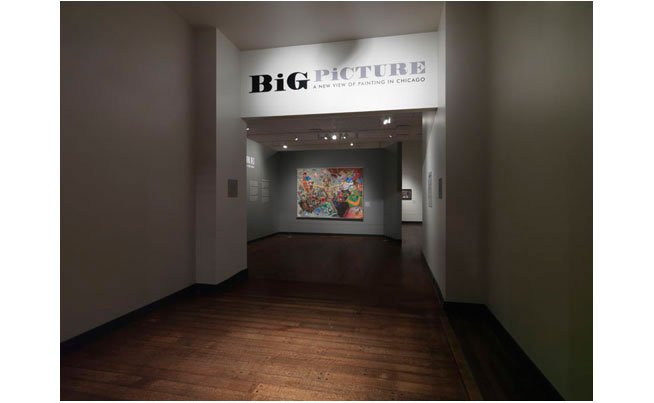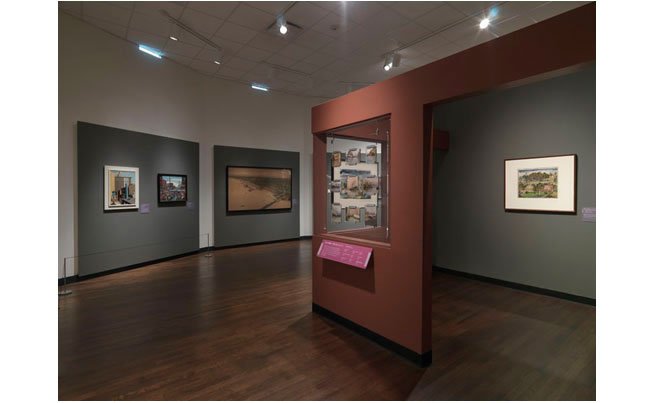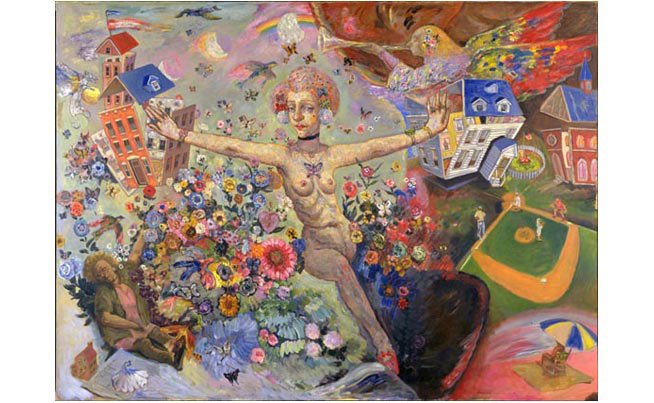Big Picture : A New View of Painting in Chicago (Chicago History Museum)
August 3 - October 20, 2008
Main Gallery

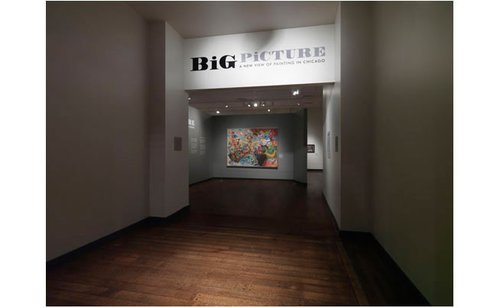
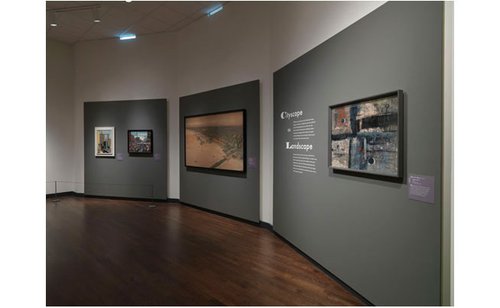


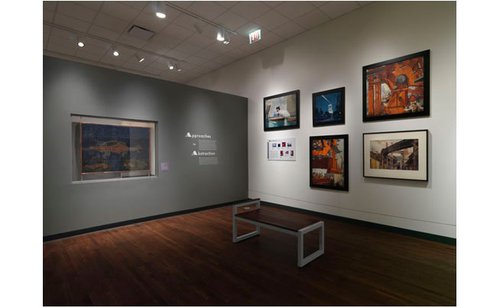
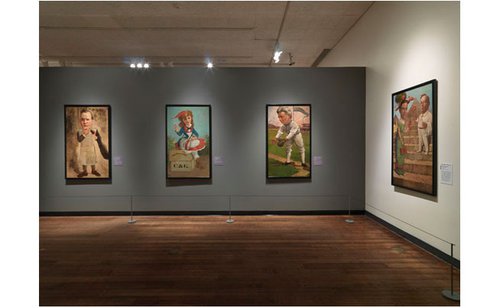
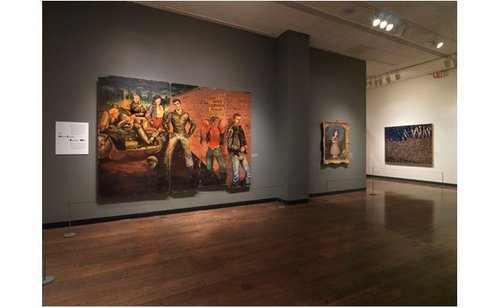

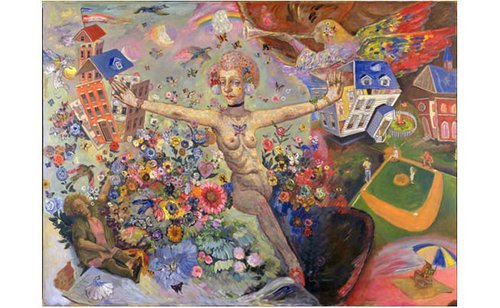
Press Release
For the first time in Chicago, Big Picture presents the city’s exciting artistic lineage as a continuous legacy, surveying an unusually wide expanse of activity from late 19th century realist, satirical and folk traditions to mid-century forays into expressionism and abstraction and more recent works by self-taught and Imagist artists. In the past, Chicago’s contribution to modern art has been broken in two. The year the Second World War ended, 1945, has represented an immutable partition in Chicago’s own image of itself, with attention paid either to the classic American modernist years of the Terra Museum’s Chicago Modern 1893-1945 exhibition, or the vibrant postwar developments charted in the MCA’s Art in Chicago 1945-1995 show. In both these important shows, the particular collecting scope of the presenting institution provided a clear historical constraint, implying that there was an unimpeachable logic to the assumption that 1945 represented a watershed year in which things either started or drew to a close. This perception has shaped, and in some ways distorted, the overall sense of Chicago art history, making it difficult to imagine how artistic output might compare across that rather arbitrary temporal chasm. Last year’s exhibit at the Pennsylvania Academy of Fine Art, Art in Chicago: Resisting Regionalism, Transforming Modernism, curated by Robert Cozzolino, suggested a more complete vision of Chicago’s artistic lineage, linking the two halves of the century for the first time since paintings were first gathered and presented to a broad public as “Chicago art” at the Whitney Museum of American Art in February 1933.
Drawn primarily from the Chicago History Museum’s vast collection of paintings and drawings, Big Picture builds a bridge from one half of the modernist epoch to the other, forging a clear pathway across the middle of the 20th century. Because the Chicago History Museum’s collecting scope has not been linked to a particular art-historical mission or period but documents Chicago art history in general, it contains exemplary work by key figures from the entire chronological continuum of Chicago artmaking. The museum’s collection remains a significant but somewhat under-recognized resource that promises to enrich our understanding of the continuities – as well as the disjunctures and shifts – in Chicago art. By presenting a selection of the Museum’s prized pieces in a fresh, provocative context, Big Picture will open up this resource to the city, in essence introducing the museum as a major player amongst Chicago’s collecting art institutions.
The pervasive immediacy that is a hallmark of modernism – an impression that a given artwork at hand represents a “now” of uncompromised singularity – is a sensation that stretches across the twentieth century, and it continues to inform current art practices, even “now.” Rather than arranging the exhibition in a strictly chronological manner, it will be associative, juxtapositional and in places playful, placing works from different periods in close proximity. Affiliations and dissonances will be explored in various ways, teasing out contrast and continuities via aesthetics, subject matter, and social function. By blowing open the chronology of Chicago art (admittedly, an unusual thing to do in a history museum), Big Picture allows an audience to experience the uncut intensity of a piece or group of pieces, each taken as a particular and indelible version of the present. What emerges is a sense that Chicago is an uncommonly varied artistic ecosystem, one in which there have been few consistent centralized meeting-places for artists trade ideas, but one in which there is nevertheless a distinct relationship of the art to the place itself, if not a single unifying characteristic, then certainly a common character. The grit of the city, the flat Midwestern sense of humor, the aversion to pretense and contrivance, an enduring interest in the figure, the tolerance of eccentricity and homegrown strangeness – these things and more are elements of the city’s unique artistic personality.
Some work will be grouped according to style, linking for instance a 1980s cityscape by Oscar Romero and a pair of remarkably similar 1933 World’s Fair watercolors by Ethel Spears. Other sections of the exhibit will be organized topically or to present a group of works by a single artist. A realistic late 19th century portrait of Lincoln will hang next to a cubistic late-1950s Lincoln painting by John Miller, which in turn will be contrasted with Roger Brown’s 1989 Lincoln portrait “Lost America.” Another section will survey Chicago’s abstract art tradition, with non-objective pieces by the little-known Franklin Van Court from the late ‘20s, works from several New Bauhaus painters and abstract expressionists, and a 1978 “ribbon painting” by Jordan Davies. One room consists exclusively of bridges – a cluster of images of beautiful bridge construction sites painted by Richard Chase in the ‘20s and ‘30s, which are related to the classic American modernist traditions of urban realism, American Scene painting and Precisionism. Nearby will a piece inspired by the machinery and lights of the Fullerton El stop, painted by Kenneth Nack, a Chicagoan who studied with Fernand Leger in the late 1940s.
A very special exhibition presentation concerns the verso sides of paintings. The exhibition will display the largest selection of African-American artist James Needham’s small waterfront oils from the late 19th century yet to be exhibited as a group; the backsides of some of these tiny wooden panels, which were carefully hand-lettered by Needham, will be visible, as will the reverse side of “Aquarium,” a 1951 canvas by Walter Hahn, on which painter Leon Golub made a list of potential jurors of the Exhibition Momentum (from which Jackson Pollock was chosen). Japanese-American artist Byron Goto’s late-1940s “spinners,” which are small two-sided tondos mounted to be vertically “spun,” superimposing one image on another, will be on display for the first time, and collage artist Robert Nickle’s exquisitely architectural verso “portal” signature will also be shown. Another section draws together disparate war-related works: Civil War battle scenes by a folk artist from the 1880s will be juxtaposed with Ivan Albright’s rarely seen studies of battle wounds painted in France in 1918, contrasted with Robert Donley’s dazzling, Where’s Waldo-like 1980 depiction of a WWII battle, which in turn will hang near Samuel Greenburg’s 1941 painting “Furlough’s End” and a Vietnam protest painting by Ralph Arnold.
As a centerpiece, Big Picture presents three sets of artworks from public places, starting with a group of astonishing satirical portraits from the 1890s, executed by several artists, painted for the Chapin & Gore Saloon, downtown. From the late 1950s, a powerfully gritty four-panel mural from the well-known gay bar called the Gold Coast will hang next to one of Chicago’s most important modernist monuments. “The Seven Lively Arts” is a 1947 mural from Riccardo’s Restaurant (once known as “the undisputed headquarters of Chicago’s left bank”), including panels by Ivan Albright, Rudolph Weisenborn, Aaron Bohrod, and William S. Schwartz, which has not been presented to the general public since it was removed from the restaurant in the 1970s.
The Big Picture exhibition is curated by John Corbett and Jim Dempsey, and is on view at the Chicago History Museum from October 20, 2007 – August 3, 2008.
......................................................................................................................................................... NBC 5 (Chicago) piece on
Big Picture : A New View of Painting in Chicago (Chicago History Museum)
Below
......................................................................................................................................................... Andrew Patner's "Critical Thinking" on WFMT.
John Corbett & Jim Dempsey discuss the exhibition
BIG PICTURE: A NEW VIEW OF PAINTING IN CHICAGO, at the Chicago History Museum, as well as various and sundry other topics. PART 1 (43 min.)
......................................................................................................................................................... Andrew Patner's "Critical Thinking" on WFMT.
John Corbett & Jim Dempsey walk through & discuss the exhibition
BIG PICTURE: A NEW VIEW OF PAINTING IN CHICAGO, at the Chicago History Museum, as well as various and sundry other topics. PART 2 (44 min.)



